
Exploring Spain on the luxurious Al Andalus
23/04/2025 · By Ian Holt
Experience UNESCO World Heritage wonders and Andalucía’s vibrant culture and cuisine aboard the Al Andalus luxury train on a Great Rail Journeys holiday.
Read moreCadiz is the oldest city in Western Europe, with records suggesting that the city was occupied more than 3,000 years ago. It stands on a peninsula jutting out into a bay, and is almost entirely surrounded by water. Named Gadir by the Phoenicians, who founded their trading post in 1100 BC, it was later controlled by the Carthaginians, until it became a thriving Roman port.
It sank into oblivion under the Visigoths and Moors, but
attained great recognition in the early 16th century as a launching
point for the journey to the newly discovered lands of
America. Cadiz was later raided by Sir Francis Drake, in the
struggle to gain control of trade with the New World, and managed
to withstand a siege by Napoleon's army. In the early 19th century
Cadiz became the bastion of Spain's anti-monarchist, liberal
movement, as a result of which the country's first Constitution was
declared here in 1812.
Some of Cadiz's 18th century walls remain largely intact, such as the Landward Gate. The old, central quarter of Cadiz is famous for its picturesque charm, and many of the buildings reflect the city's overseas links. Worth a visit are the city's Cathedral and churches of Santa Cruz and San Felipe Neri, which is famous throughout Spain as the place where, in defiance of Napoleon's siege, the provisional government was set up with its own liberal Constitution. Other points of interest are La Santa Cueva, home to several paintings by Goya, and stately mansions such as the Casa del Almirante and Casa de las Cadenas. Cadiz is also known for its delicious gastronomy, in particular "pescaíto frito" (perfectly-fried platters of assorted fresh fish) and shellfish, ideally accompanied by the wines from the Marco de Jerez region.
Find out more with a free brochure and enjoy weekly travel inspiration and offers in our e-newsletter.


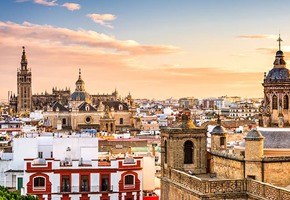
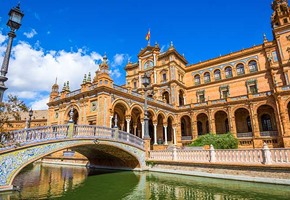
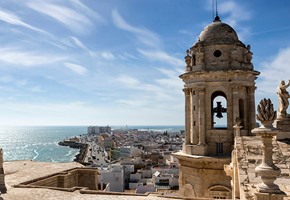
Experience the golden age of travel as you explore southern and central Spain's most dazzling regions. Starting in Seville, marvel at the Giralda, before boarding the luxurious Al Andalus train and travelling further into Andalucía. On an opulent train beloved by British royals, visit Córdoba's Mezquita, savour a sherry tasting in Jerez and...



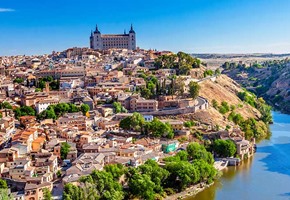
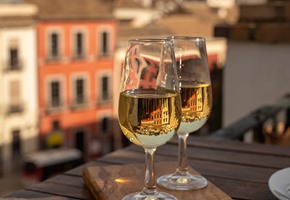
Recall the golden age of travel as you explore these incredible regions of central and southern Spain. Beginning in the capital, Madrid, board the luxury train beloved by British royals to discover the jewels of Aranjuez, Toledo and Cáceres. Heading into Andalucía, savour a sherry tasting in Jerez, experience an equestrian ballet and visit...